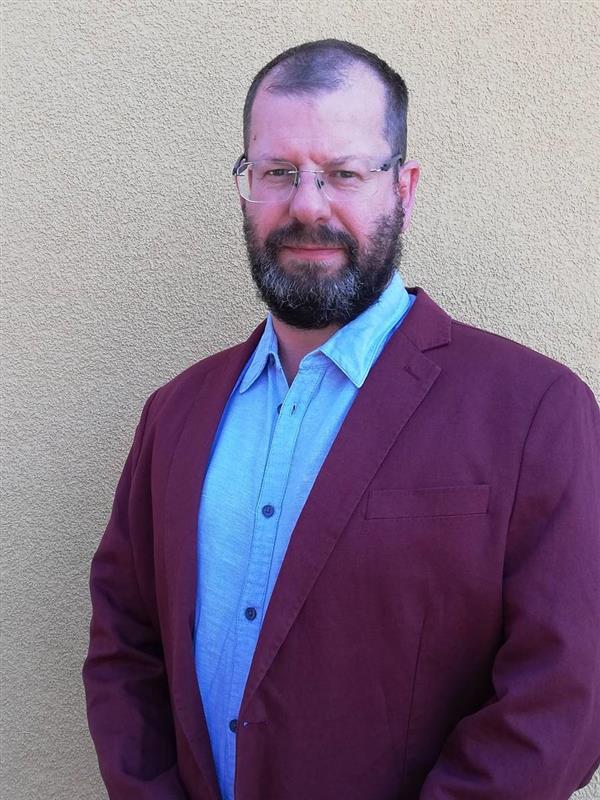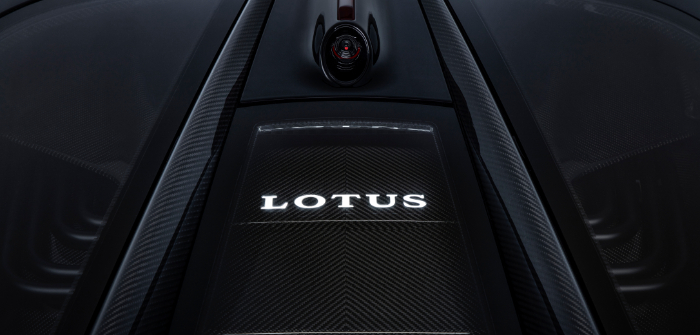What career did you want growing up?
I actually wanted to fly fast jets as a youngster, then discovered I was short-sighted so began to contemplate helicopters. But as I got into my teenage years I became more interested in how everything worked and moved more toward engineering.
Originally, I planned to join the Royal Navy within an engineering role – my grandfather was in the Navy for his whole career – but during my time at college I discovered that I got seasick, so industry it was. I have enjoyed it all, even the difficult bits.
What was your career path to get to where you are now?
After four years at college studying for a B.Eng in aeronautical engineering, I spent six years in the aerospace industry, designing, developing and manufacturing pneumatic control valves for civil and military aircraft. I worked on Saab Gripen, Concorde, Tornado and Viggen aircraft.
I then moved to the automotive industry, to BMW/Rover Group just as BMW had acquired Rover. I started in powertrain as an engineer and got to middle management at Rover.
BMW then divested Rover Group and I had an opportunity to join Land Rover or Mini. But I chose MG Rover Group because they offered me promotion and more responsibility as a powertrain senior manager.
Sadly MG Rover was not fiscally viable and, via Ricardo, I joined Shanghai Automotive (SAIC) in 2010. I was a founding director at both. I then went on to become the executive director for powertrain engineering at SAIC.
After six years there, I joined JLR. Initially as chief engineer for advanced powertrains, then as chief engineer for electrification systems. Now, eight years later, I have joined Lotus at a tremendously exciting time for the business as propulsion & electrical engineering director.

What are the best and worst parts of your job?
The best is definitely the content around the technology, its maturity – or lack of it – in the market and the actual problem-solving. And I’d say the people and the culture at Lotus are really game-changing. The worst part is developing budgets and then justifying them. It’s imperative, I know, but a massive challenge for most engineers.
Do legislators help or hinder your work?
I think they do both. They give us clarity of the challenge in terms of timing and specification, so we derive targets and the resources we need from their requirements. But they keep moving the goalposts and they are different by market, which makes the job more challenging.
As an engineer it’s all a little frustrating that we struggle to globally unify on lots of the data around emissions and certification for targets and actual measurements as well. That said, we need to try to understand the political environment in which the legislators have to operate. Rather them than me – I don’t have the patience or skills for that.
Are there any OEMs that you have particular engineering respect for?
BMW. They’re engineering-driven and they do what they say. If the gateway is red they say so and they stop until it’s green. Not all OEMs can say that they do this robustly, and all should be able to. The culture at Lotus is very open and healthy, so we can and do stop if required until issues are resolved.
What is the biggest challenge for the team at Lotus at the moment?
Electrification to cost, quality and time in a fast-changing and multi-legislated global market, and in the midst of a looming global fiscal crisis, is going to be a challenge. But we are at our very best when we are up against it.
In your opinion, what is the best powertrain ever created?
I have to say the Jaguar I-Pace – the first mainstream automotive premium brand to market with Tesla-beating technology and a genuine premium interior. The start of production and foresight of the decision makers was, looking back, impressive.
What would be your dream engine to develop?
A 3-liter V6 gasoline, electrically actuated infinitely variable valvetrain, so no cams or shaft, allowing improved emissions, as well as improved performance and fuel economy. It would make a great 48V solution.
What do you think will be powering a typical family sedan in 2040?
There may be two contenders – hydrogen-powered fuel cell driving e-machines with a small HV battery, or a large solid-state HV battery powering e-machines. George Houghton, the chief engines development engineer at SAIC, used to tell me there was always a third way, so maybe solid-state batteries combined with a fuel cell as well.


